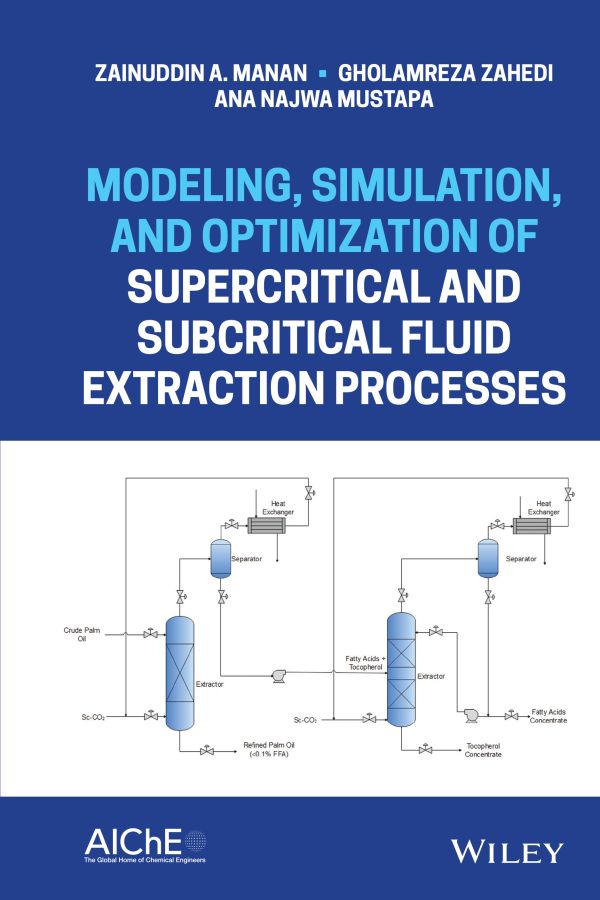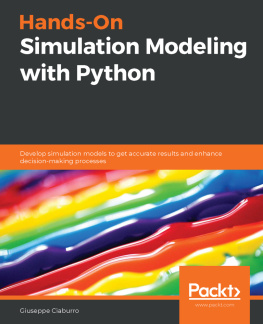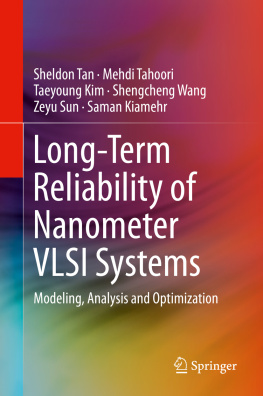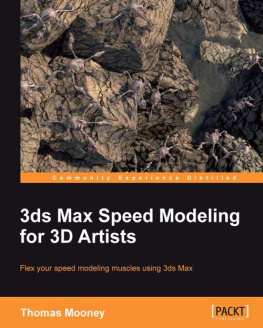
Table of Contents
List of Tables
- Chapter 1
- Chapter 2
- Chapter 3
- Chapter 4
- Chapter 5
- Chapter 6
- Chapter 7
- Appendix B
List of Illustrations
- Chapter 1
- Chapter 2
- Chapter 3
- Chapter 4
- Chapter 5
- Chapter 6
- Chapter 7
- Appendix B
- Appendix C
Guide
Pages
Modeling, Simulation, and Optimization of Supercritical and Subcritical Fluid Extraction Processes
Zainuddin A. Manan
Universiti Teknologi Malaysia (UTM)
Johor Bahru, Malaysia
Gholamreza Zahedi
Universiti Teknologi Malaysia (UTM)
Johor Bahru, Malaysia
and
Ana Najwa Mustapa
College of Engineering
Universiti Teknologi MARA (UiTM)
Shah Alam, Malaysia

Copyright 2022 by the American Institute of Chemical Engineers, Inc. All rights reserved.
A Joint Publication of the American Institute of Chemical Engineers and John Wiley & Sons, Inc.
Published by John Wiley & Sons, Inc., Hoboken, New Jersey.
Published simultaneously in Canada.
All rights reserved. No part of this publication may be reproduced, stored in a retrieval system, or transmitted, in any form or by any means, electronic, mechanical, photocopying, recording or otherwise, except as permitted by law. Advice on how to obtain permission to reuse material from this title is available at http://www.wiley.com/go/permissions.
The right of Zainuddin A. Manan, Gholamreza Zahedi, and Ana Najwa Mustapa to be identified as the authors of this work has been asserted in accordance with law.
Registered Office
John Wiley & Sons, Inc., 111 River Street, Hoboken, NJ 07030, USA
Editorial Office
John Wiley & Sons, Inc., 111 River Street, Hoboken, NJ 07030, USA
For details of our global editorial offices, customer services, and more information about Wiley products visit us at www.wiley.com.
Wiley also publishes its books in a variety of electronic formats and by printondemand. Some content that appears in standard print versions of this book may not be available in other formats.
Limit of Liability/Disclaimer of Warranty
In view of ongoing research, equipment modifications, changes in governmental regulations, and the constant flow of information relating to the use of experimental reagents, equipment, and devices, the reader is urged to review and evaluate the information provided in the package insert or instructions for each chemical, piece of equipment, reagent, or device for, among other things, any changes in the instructions or indication of usage and for added warnings and precautions. While the publisher and authors have used their best efforts in preparing this work, they make no representations or warranties with respect to the accuracy or completeness of the contents of this work and specifically disclaim all warranties, including without limitation any implied warranties of merchantability or fitness for a particular purpose. No warranty may be created or extended by sales representatives, written sales materials, or promotional statements for this work. The fact that an organization, website, or product is referred to in this work as a citation and/or potential source of further information does not mean that the publisher and authors endorse the information or services the organization, website, or product may provide or recommendations it may make. This work is sold with the understanding that the publisher is not engaged in rendering professional services. The advice and strategies contained herein may not be suitable for your situation. You should consult with a specialist where appropriate. Further, readers should be aware that websites listed in this work may have changed or disappeared between when this work was written and when it is read. Neither the publisher nor authors shall be liable for any loss of profit or any other commercial damages, including but not limited to special, incidental, consequential, or other damages.
Library of Congress CataloginginPublication Data Applied for:
ISBN: 9781118460177
Cover Design: Wiley
Cover Image: Courtesy of Zainuddin A Manan
Preface
Supercritical and subcritical fluid extraction (SFE/SCFE) technologies have become increasingly popular methods for extraction and purification of food ingredients, cosmetics, and pharmaceuticals over the last 30years due to their unique advantages over conventional processing methods. These include lowtemperature operation, inert solvent, selective separation, and the extraction of highvalue product or new product with improved functional or nutritional characteristics. SFE/SCFE are also environmentally benign technologies since the processes typically generate no waste.
Supercritical fluid exhibits highdensity like liquids, which contributes to greater potential for solubilization of materials, and low viscosity similar to gases, which enables its penetration into the solid. Subcritical fluid, which is also known as a highpressure liquid, exhibits similar behavior to and can be exploited in the same manner as, supercritical fluids albeit at much lower pressure and temperature. SCFE is therefore typically classified under SFE technology. Nowadays, SFE technology is used to process hundreds of millions of pounds of coffee, tea, and hops annually, and is increasingly becoming of common use in the pharmaceuticals industry for purification and nanoparticle formation. Supercritical fluid processing is also gaining in the botanicals, vitamins, and supplements industries, where they are becoming synonymous with the highest purity and quality.
Commercial application of SFE technology has been relegated to only special applications due to highequipment capital cost required. Besides that, conceptual development of extraction processes for natural oils, fats, cosmetic, and pharmaceuticals based on supercritical fluid technology is hindered by the lack of suitable design tools and reliable thermodynamic data and models at high pressure. Optimization of SFE processes involves a search for the optimum conditions above the critical point that is in a narrow limit and needs special care. Process simulation is used for the design, development, analysis, and optimization of technical processes and is mainly applied to chemical plants and chemical processes. Integration of optimization techniques into simulation practice, specifically into commercial software, has become nearly ubiquitous, as most discreteevent simulation packages now include some form of optimization routines. Even though modeling, simulation, and optimization tools have been widely used for design of chemical processes, their application has been very limited in vegetable oil processing particularly at supercritical conditions. In line with this limitation, there is a dearth need for literature on this topic. So far there has been no book written on modeling, simulation optimization of SFE processes in the market.
This book provides a complete guideline on tools and techniques for modeling of SFE as well as SCFE processes and phenomena and provides details for both SFE and SCFE from managing the experiments to modeling and simulation optimization. The book also includes the fundamentals of SFE as well as the necessary experimental techniques to validate the models.
Next page





